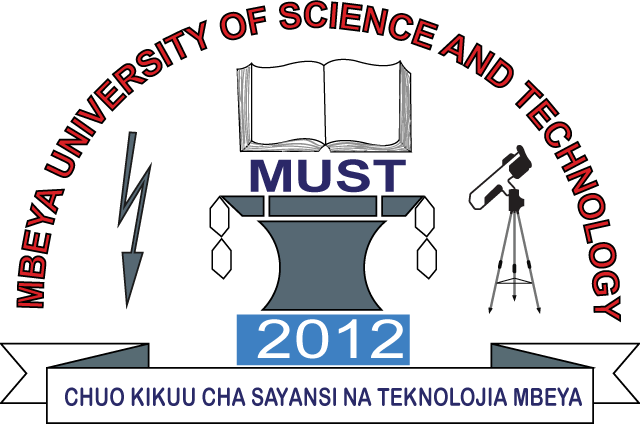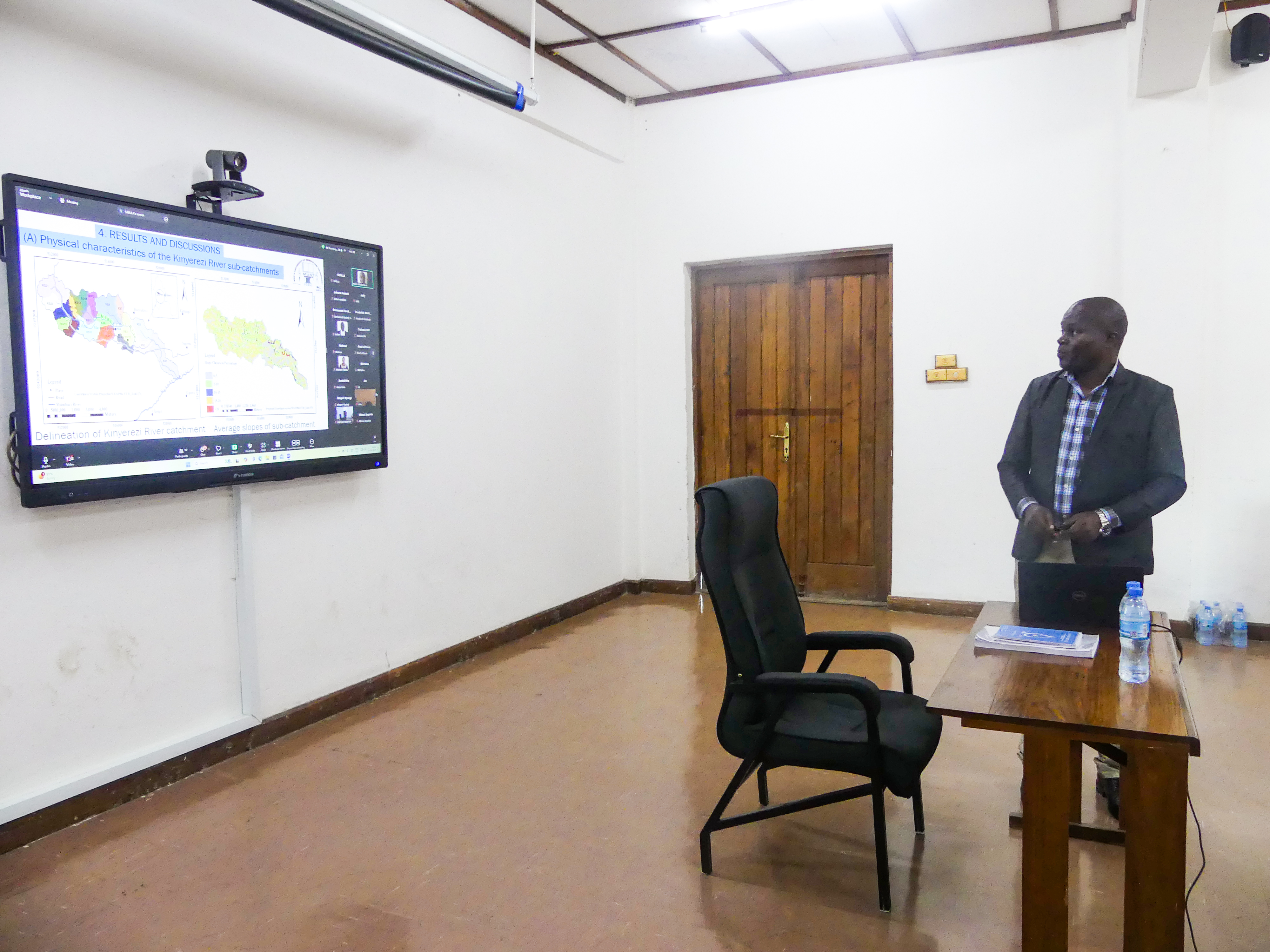
The United Republic Of Tanzania
Ministry of Education, Science and Technology
Mbeya University of Science and Technology
Leading Centre of Excellence for Knowledge, Skills, and Applied Education in Science and Technology


Leading Centre of Excellence for Knowledge, Skills, and Applied Education in Science and Technology


On 10th October 2024, the Directorate of Postgraduate Studies, Research, and Publication at Mbeya University of Science and Technology (MUST) successfully coordinated a viva voce, marking the culmination of Mr. Livingstone Swilla’s PhD journey. A dedicated and humble scholar, Mr. Swilla is determined to advance research in water resources engineering, focusing on regionally relevant issues. His thesis, titled “Evaluating the Effectiveness of Low Impact Development Practices in Mitigating Runoff Floods for the Kinyerezi River Catchment in Dar Es Salaam, Tanzania,” reflects this ambition.
The study concentrated on the Kinyerezi River catchment, a sub-catchment of the larger Msimbazi River catchment. Mr. Swilla’s research involved the delineation, characterisation, and determination of key catchment parameters, such as infiltration rates, slopes, and identifying areas suitable for implementing Low Impact Development (LID) practices. Notably, the Kinyerezi catchment lacks river flow measurement equipment, posing a significant challenge.
However, Mr. Swilla addressed this gap innovatively. He applied a methodology commonly used to predict river flows in ungauged catchments by utilising historical flow data from the Msimbazi River. This data was instrumental in calibrating and validating the Storm Water Management Model (SWMM) developed by the United States Environmental Protection Agency. With the model calibrated, he successfully simulated river flows for the Kinyerezi catchment using Multi-Criteria Decision Making to determine the most effective LIDs. SWMM was selected for its flexibility in incorporating various types and numbers of LIDs, including bioretention ponds, detention ponds, constructed wetlands, rain gardens, green roofs, vegetative swales, permeable pavements, rain barrels (rainwater harvesting), and infiltration trenches.
To ensure robustness, Mr. Swilla tested the model using extreme rainfall events to capture potential peak flow scenarios. His findings suggest that LIDs can significantly reduce peak flood discharge from 70.7 cubic metres per second to 44.6 cubic metres per second. This implies a substantial reduction in floodwater contribution from the Kinyerezi catchment to the Msimbazi catchment during heavy rainfall events.
Under the supervision of Prof. Zacharia Katambara and Dr. Mwajuma Lingwanda, Mr. Swilla’s research has not only achieved significant academic success but also resulted in the publication of five papers, contributing valuable insights to the field of water resource engineering. The viva voce, a milestone in his PhD journey, was attended by more than 100 participants, including 61 online attendees from Tanzania, China, South Africa, and Nigeria. The University proudly congratulates Mr. Swilla and all those who contributed to the success of this impactful research project.